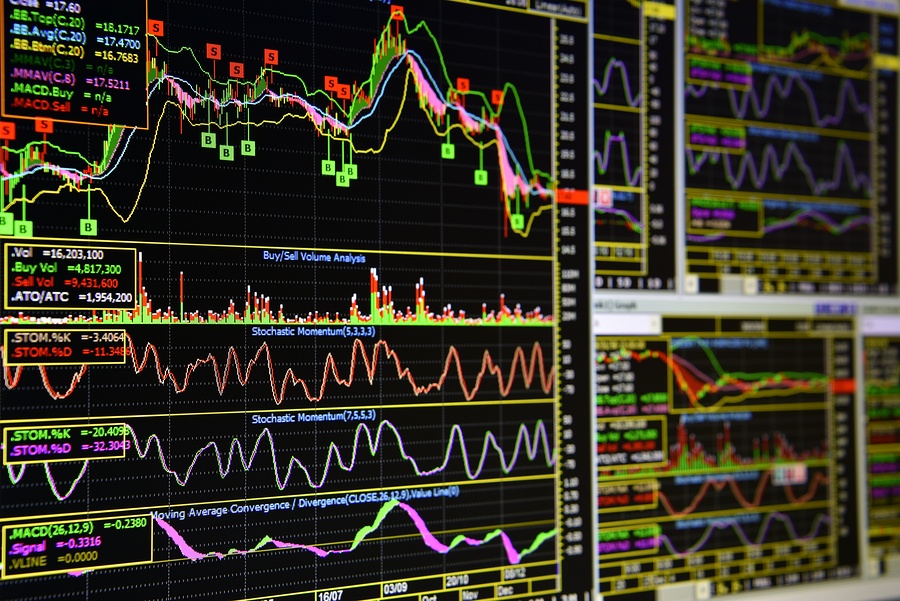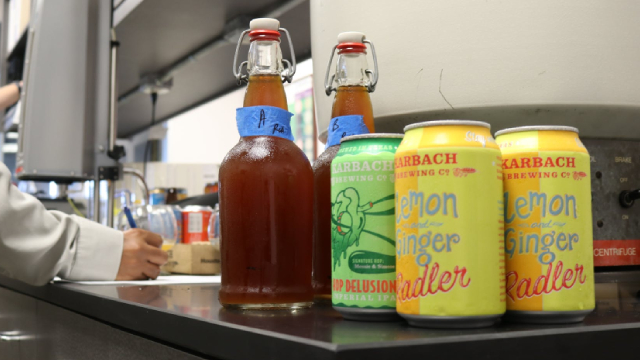LLY Stock Recent News
LLY LATEST HEADLINES
Investors closely monitor insider buys, as they can give hints surrounding the long-term picture.
MIAMI, Sept. 03, 2025 (GLOBE NEWSWIRE) -- Defiance ETFs, a leader in thematic and leveraged exchange-traded funds, today announced the launch of the Defiance Daily Target 2X Short LLY ETF (Ticker: LLYZ).
Lilly (LLY) has received quite a bit of attention from Zacks.com users lately. Therefore, it is wise to be aware of the facts that can impact the stock's prospects.
The 2025 Q2 earnings season is now behind us, with the period largely positive and resilient. Throughout the period, these three companies posted notably strong sales growth.
Eli Lilly's growing lineup beyond Mounjaro and Zepbound, including Omvoh and Jaypirca, is set to fuel revenue growth through 2025.
September has garnered a reputation as the worst month for stock market performance, supported by compelling historical data.
Novo Nordisk's Wegovy shows a stronger reduction in heart risks compared to Eli Lilly's tirzepatide in real-world data from the STEER study.
Key Points Jim Cramer's Mad Money offers insights valuable to income investors, despite his broader focus on growth.
The study adds to growing evidence suggesting that the heart-protective benefits seen with Wegovy are specific to semaglutide.
The study used evidence gathered from patient experiences rather than a controlled trial, Novo said.




